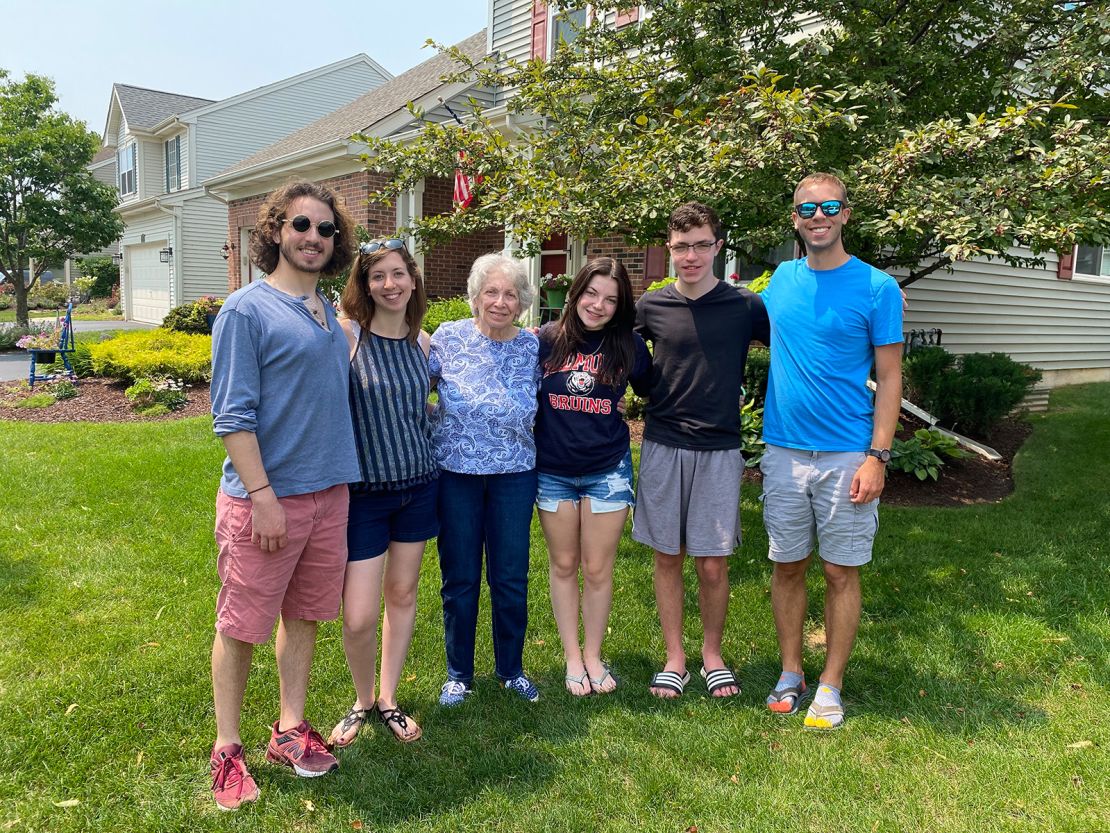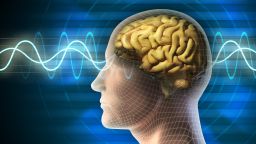Carol Siegler, 85, is a restless person despite volunteering, going to the gym multiple days a week, spending a lot of time with friends and family, reading a wide variety of literature, and solving crossword puzzles every day.
“I’m not interested in anything. “It seems like a Corvette being utilized as a shopping cart,” Siegler, a resident of the Palatine, Illinois, suburb, said.
Siegler is a “SuperAger” in terms of cognition, with a mind as bright as someone 20 to 30 years younger. She is one of the select few participants in the 14-year study of older adults with exceptional memory conducted by the Northwestern SuperAging Research Program. The program is a component of Northwestern University Feinberg School of Medicine in Chicago’s Mesulam Center for Cognitive Neurology and Alzheimer’s Disease.

“I’ve auditioned twice for ‘Jeopardy!’ and did well enough on it to be invited to the live auditions. Then Covid hit,” said Siegler.
“Who knows how well I would have done,” she added with a chuckle. “What I have told my children and anybody else who asked me: ‘I may know an awful lot about Beethoven and Liszt, but I know very little about Beyoncé and Lizzo.’”

What is a SuperAger?
To be a SuperAger, a term coined by the Northwestern researchers, a person must be over 80 and undergo extensive cognitive testing. Acceptance in the study only occurs if the person’s memory is as good or better than cognitively normal people in their 50s and 60s.

According to cognitive neuroscientist Emily Rogalski, a professor of psychiatry and behavioral sciences at Feinberg School of Medicine, “SuperAgers just need to have at least average performance on the other cognitive tests.” SuperAgers are required to have outstanding episodic memory, or the capacity to recall past personal experiences as well as everyday events.
According to Rogalski, the person who created the program, only roughly 10% of applicants match those requirements SuperAger project.
“It’s crucial to note that the SuperAgers and average agers have comparable IQs, indicating that intelligence is not the only factor contributing to the differences we’re seeing,” the speaker stated.
After acceptance, bright 3D brain scans, cognitive tests, and brain scans are performed roughly annually. Years of data analysis have produced some amazing findings.
Larger neurons devoid of tau
The majority of people’s brains shrink with age. However, compared to those in their 50s and 60s, SuperAgers’ cortex—which is involved in thinking, memory, and decision-making—remains significantly thicker and declines more slowly, according to research.
A SuperAger’s brain, usually donated to the research program by participants after death, also has bigger, healthier cells in the entorhinal cortex. It’s “one of the first areas of the brain to get ‘hit’ by Alzheimer’s disease,” said Tamar Gefen, an assistant professor of psychiatry and behavioral sciences at Northwestern, in an email.
In a November study comparing the brains of deceased SuperAgers with those of older and younger cognitively normal people and people with early-stage Alzheimer’s, Gefen, the lead author, stated that the entorhinal cortex “is essential for memory and learning” and that it has direct connections to another important memory center, the hippocampus.
The study also discovered that compared to the brains of cognitively healthy individuals, SuperAger brains contained three times less tau tangles, or aberrant protein structures within nerve cells. One of the main indicators of Alzheimer’s and other dementias is tau tangles.
According to Gefen, “we think that bigger neurons in the entorhinal cortex signal that they are more “structurally sound” and may be able to tolerate the development of neurofibrillary tau tangles.
Gefen also found the brains of SuperAgers had many more von economo neurons, a rare type of brain cell, which so far has been found in humans, great apes, elephants, whales, dolphins and songbirds. The corkscrew-like von economo neurons are thought to allow rapid communication across the brain. Another theory is that the neurons give humans and great apes an intuitive advantage in social situations.

The von economo neurons were found in the anterior cingulate cortex, which forms a collar in the front of the brain linking the cognitive, reasoning side with the emotional, feeling side. The anterior cingulate is thought to be important for regulating emotions and paying attention — another key to good memory.
Taken together, these discoveries appear to point to a genetic link to becoming a SuperAger, Gefen said. However, she added: “The only way to confirm whether SuperAgers are born with larger entorhinal neurons would be to measure these neurons from birth until death. That obviously isn’t possible.”
Can environment play a role?
According to Rogalski, who is also the associate director of Feinberg’s Mesulam Center for Cognitive Neurology and Alzheimer Disease, SuperAgers have a lot in common. These people maintain an active lifestyle. They are usually optimistic. They stimulate their intellect every day, reading or learning something new – many continue to work into their 80s. SuperAgers are outgoing people who enjoy spending time with their loved ones and are frequently seen volunteering in the neighborhood.
“SuperAgers tend to endorse more positive relations with others when compared to normal agers,” according to Rogalski.
According to her, “SuperAgers may be different from those who are still doing well but who are what we would call an average or normal ager” because of their social connectivity.

Looking back at her life, Carol Siegler recognizes many SuperAger traits. As a young child during the Great Depression, she taught herself to spell and play piano. She learned to read Hebrew at her grandfather’s knee, poring over his weekly Yiddish newspaper.
“I have a great memory. I’ve always had it,” Siegler said. “I was always the kid that you could say, ‘Hey, what’s Sofia’s phone number?’ and I would just know it off the top of my head.”
She graduated from high school at 16 and immediately went to college. Siegler got her pilot’s license at age 23 and later started a family business in her basement that grew to have 100 employees. At 82, she won the American Crossword Puzzle Tournament for her age group, which she said she entered “as a gag.”
After seeing an advertisement for the SuperAger program on television, Siegler thought it too sounded like fun. Being chosen as a SuperAger was a thrill, Siegler said, but she is aware she was born lucky.
“Somebody with the same abilities or talents as a SuperAger who lived in a place where there was very little way to express them, might never know that he or she had them,” she said. “And that is a true shame.”


Leave a Reply